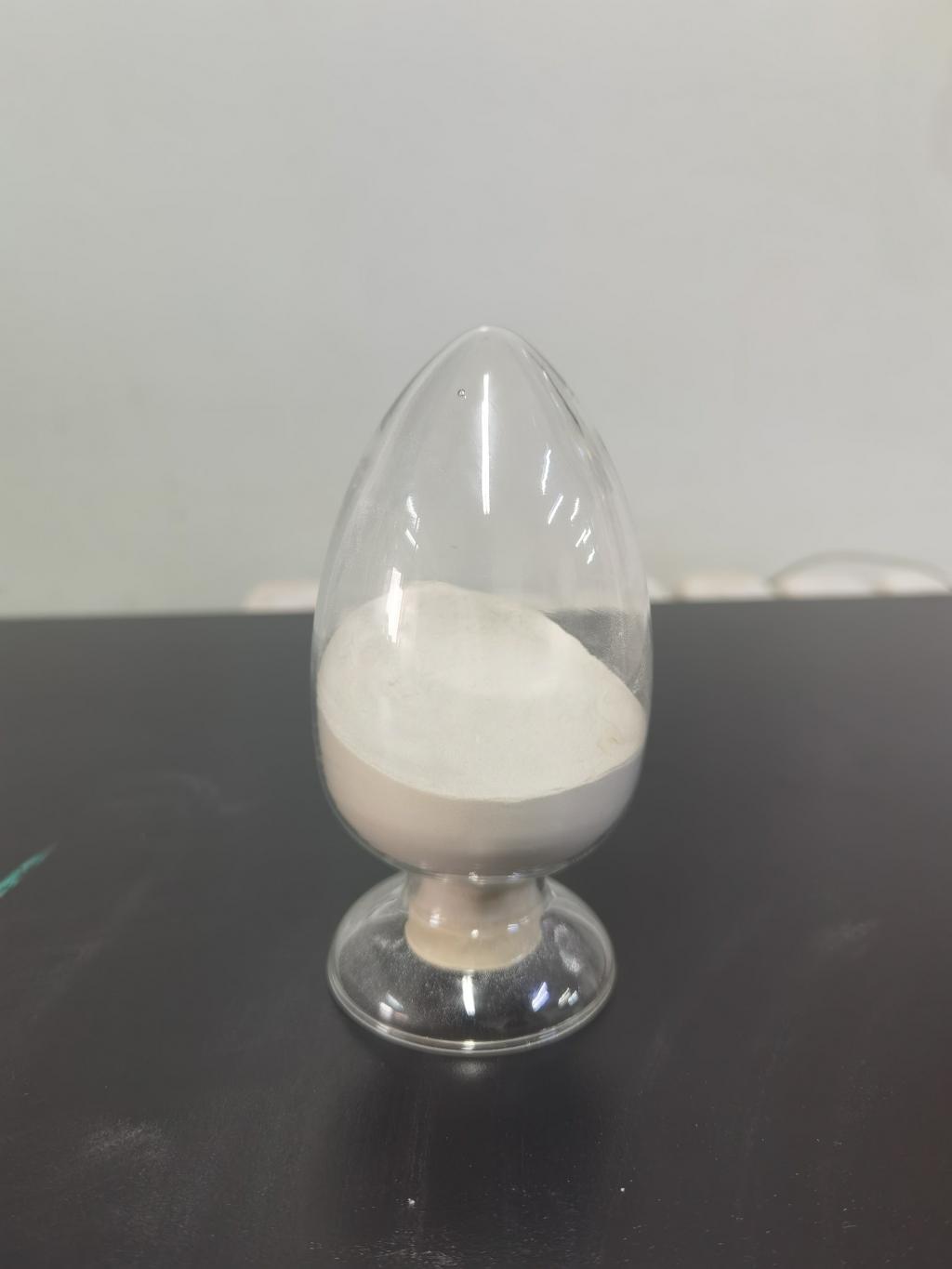Tel:+8618231198596

News
 CONTACT
CONTACT
 CONTACT
CONTACT
- Linkman:Linda Yao
- Tel: +8618231198596
- Email:linda.yao@dcpharma.cn
- Linkman:CHARLES.WANG
- Department:Overseas
- Tel: 0086 0311-85537378 0086 0311-85539701
News
Current Position:
Home >
News
>Nisin's Synergy with Food Traceability Technologies: A Transparent Supply Chain
Nisin's Synergy with Food Traceability Technologies: A Transparent Supply Chain
TIME:2024-03-05
Nisin: A Natural Antimicrobial Agent:
Nisin, a polycyclic antibacterial peptide, is renowned for its ability to inhibit the growth of spoilage and pathogenic bacteria in food products. Derived from the bacterium Lactococcus lactis, Nisin has been widely used as a food preservative for decades. Its effectiveness against various microorganisms, coupled with its natural origin, makes it an attractive choice for enhancing food safety.
Food Traceability Technologies:
Food traceability technologies have evolved significantly, driven by the need to address food safety concerns and meet consumer expectations. From blockchain and RFID (Radio Frequency Identification) to IoT (Internet of Things) sensors, these technologies enable the monitoring and recording of the entire food supply chain – from farm to fork. They provide real-time data on the origin, processing, and distribution of food products.
Synergy between Nisin and Traceability Technologies:
a. Enhanced Shelf Life: Nisin's antimicrobial properties contribute to extending the shelf life of food products. When combined with traceability technologies, manufacturers can monitor the conditions and handling of products throughout the supply chain, ensuring optimal storage conditions and minimizing the risk of spoilage.
b. Improved Food Safety: Nisin's role in controlling bacterial growth aligns seamlessly with the objectives of traceability technologies in ensuring food safety. By tracking and tracing every step of the supply chain, potential contamination points can be identified quickly, allowing for timely intervention and minimizing the impact on consumers.
c. Compliance and Quality Assurance: The integration of Nisin with traceability technologies facilitates compliance with regulatory standards. The ability to provide detailed records of the production process, ingredient sourcing, and storage conditions enhances quality assurance practices, fostering consumer trust and regulatory compliance.
Potential Benefits:
a. Consumer Confidence: A transparent supply chain instills confidence in consumers, who are increasingly concerned about the origin and safety of the food they consume. The combination of Nisin and traceability technologies addresses these concerns, offering a comprehensive solution for a trustworthy food supply chain.
b. Reduction in Food Waste: The extended shelf life provided by Nisin, coupled with precise monitoring through traceability technologies, can lead to a significant reduction in food waste. Manufacturers can optimize inventory management, minimize overstocking, and identify potential issues in the supply chain that contribute to waste.
c. Quick Response to Contamination Events: In the event of a food safety issue, the integration allows for rapid identification of affected batches and quick response measures. This not only protects consumers but also preserves the brand reputation of the food manufacturer.
Challenges and Considerations:
a. Technological Integration: The seamless integration of Nisin with traceability technologies may pose technical challenges, including compatibility issues and the need for standardized communication protocols. Collaborative efforts between food scientists and technology experts are essential to overcome these challenges.
b. Cost Implications: Implementing advanced traceability technologies and incorporating Nisin into food products may incur additional costs for manufacturers. A cost-benefit analysis is necessary to assess the economic viability of this integrated approach and its impact on the overall supply chain.
c. Regulatory Alignment: Ensuring that the combined use of Nisin and traceability technologies complies with existing and evolving food safety regulations is crucial. Manufacturers must stay informed about regulatory updates and adapt their practices accordingly.
Case Studies and Success Stories:
Exploring real-world examples of companies that have successfully implemented the integration of Nisin and traceability technologies can provide insights into best practices and potential challenges. Case studies demonstrate the feasibility and positive outcomes of adopting this transparent supply chain approach.
Conclusion:
The synergy between Nisin and food traceability technologies holds immense potential in creating a transparent and trustworthy food supply chain. By addressing food safety concerns, extending shelf life, and enhancing traceability, this integrated approach aligns with consumer expectations for a more informed and responsible food industry. While challenges exist, collaborative efforts between the food and technology sectors can pave the way for a future where safe, high-quality food is accessible to all.
- Tel:+8618231198596
- Whatsapp:18231198596
- Chat With Skype







